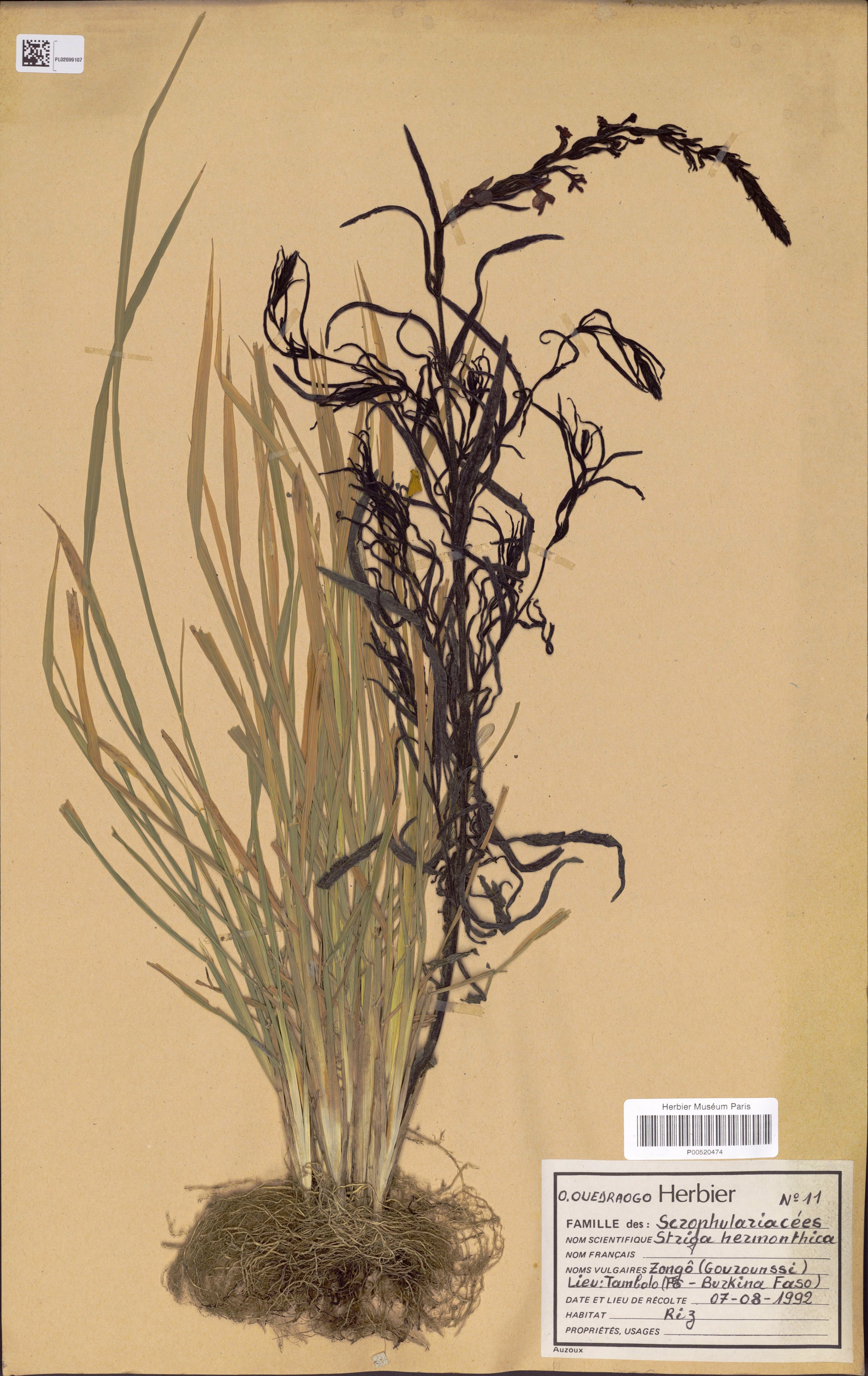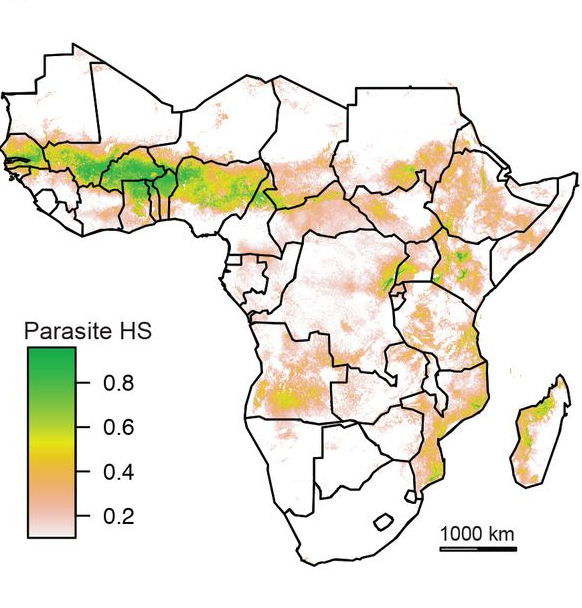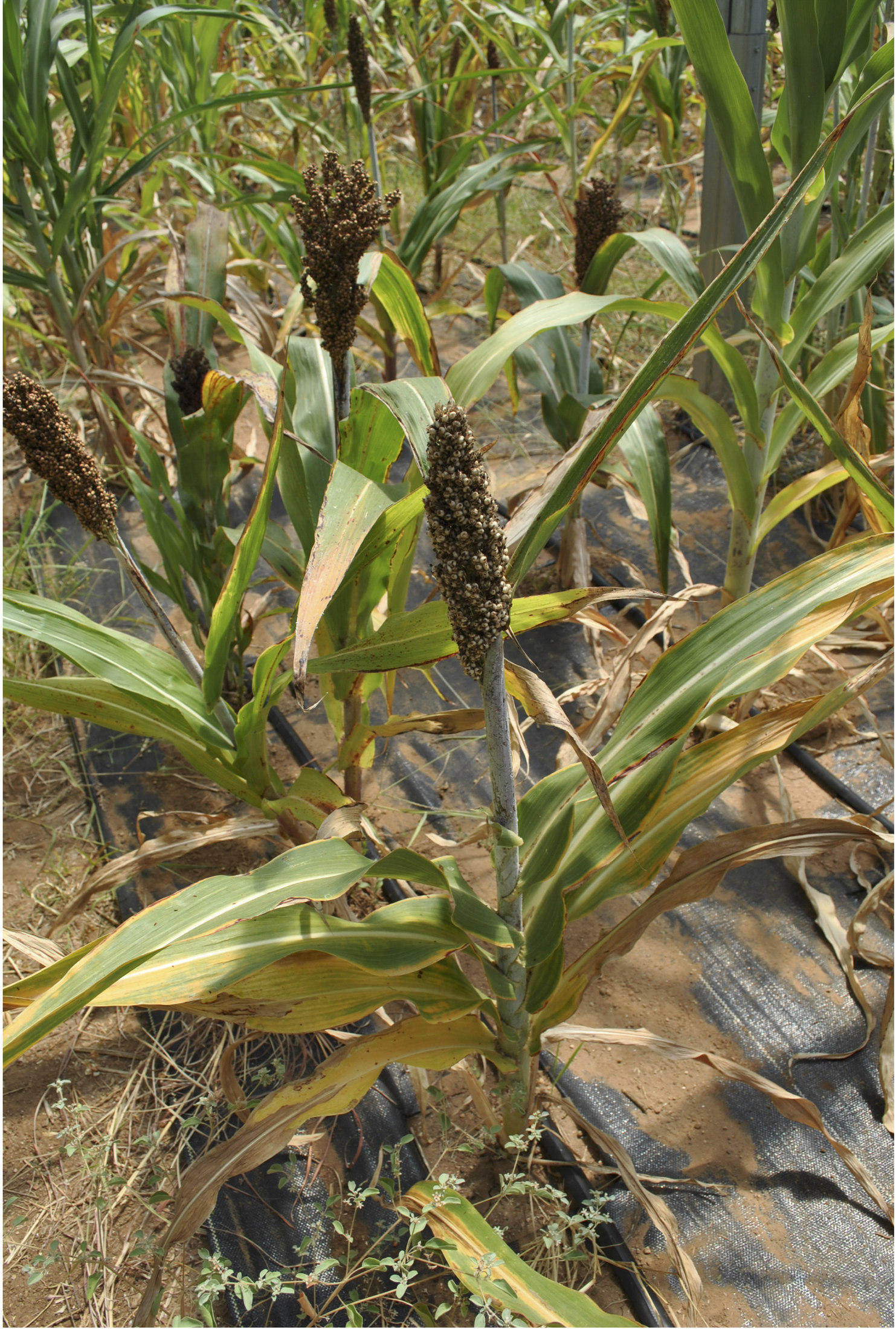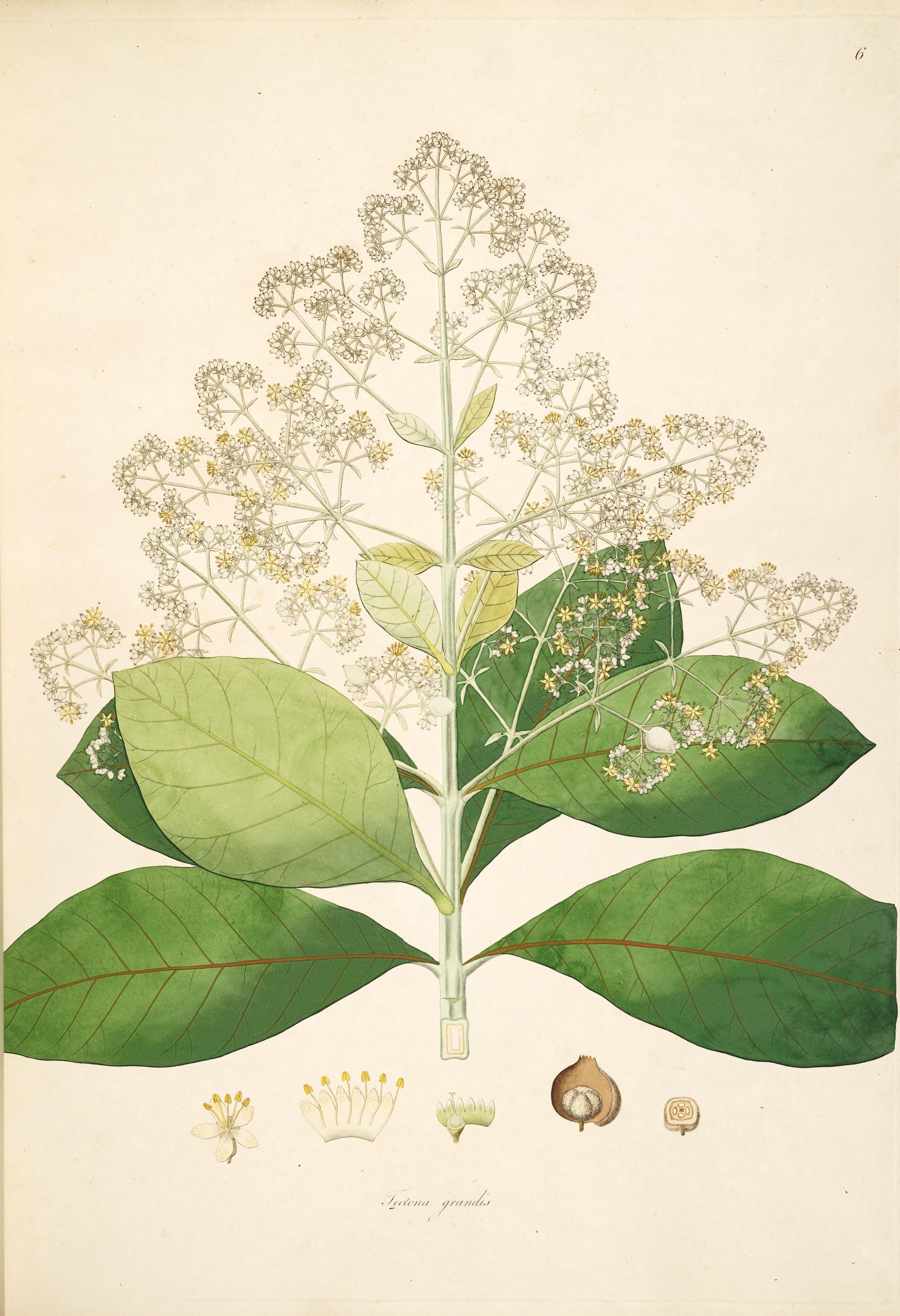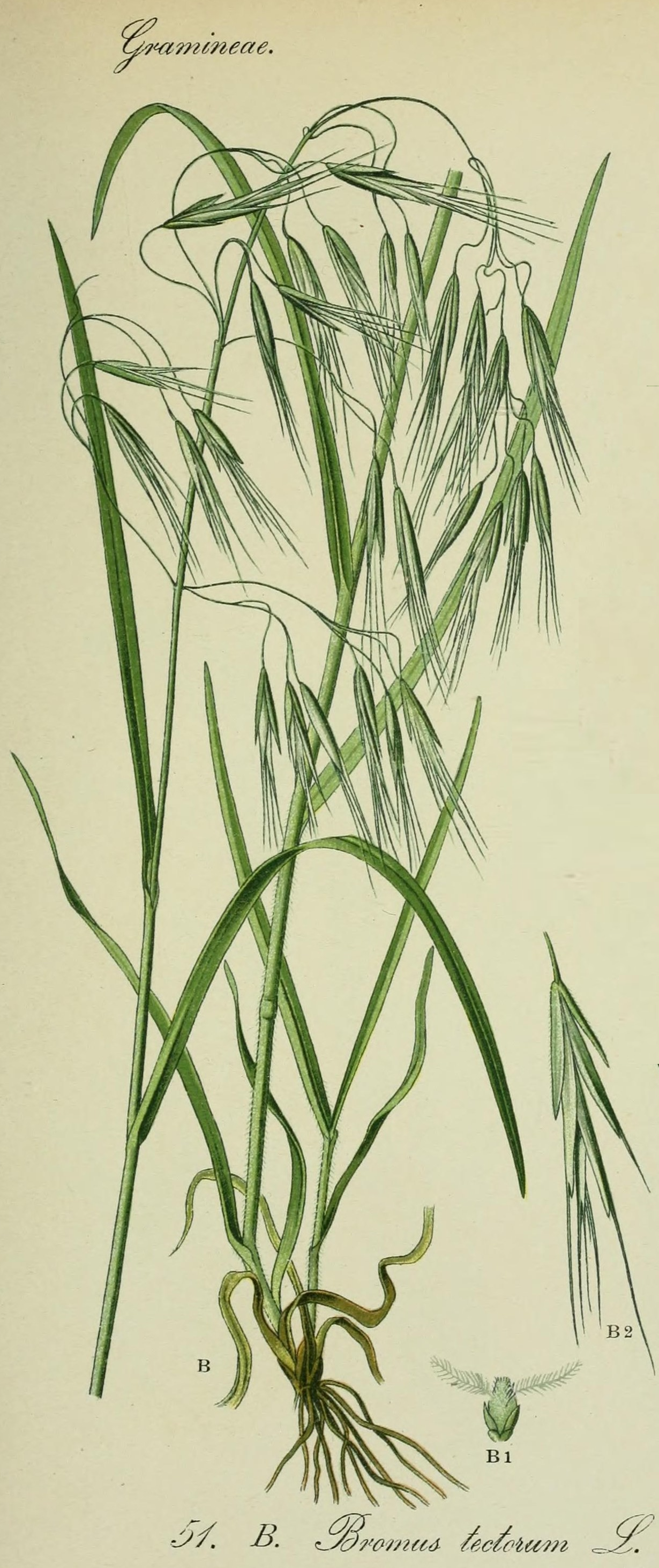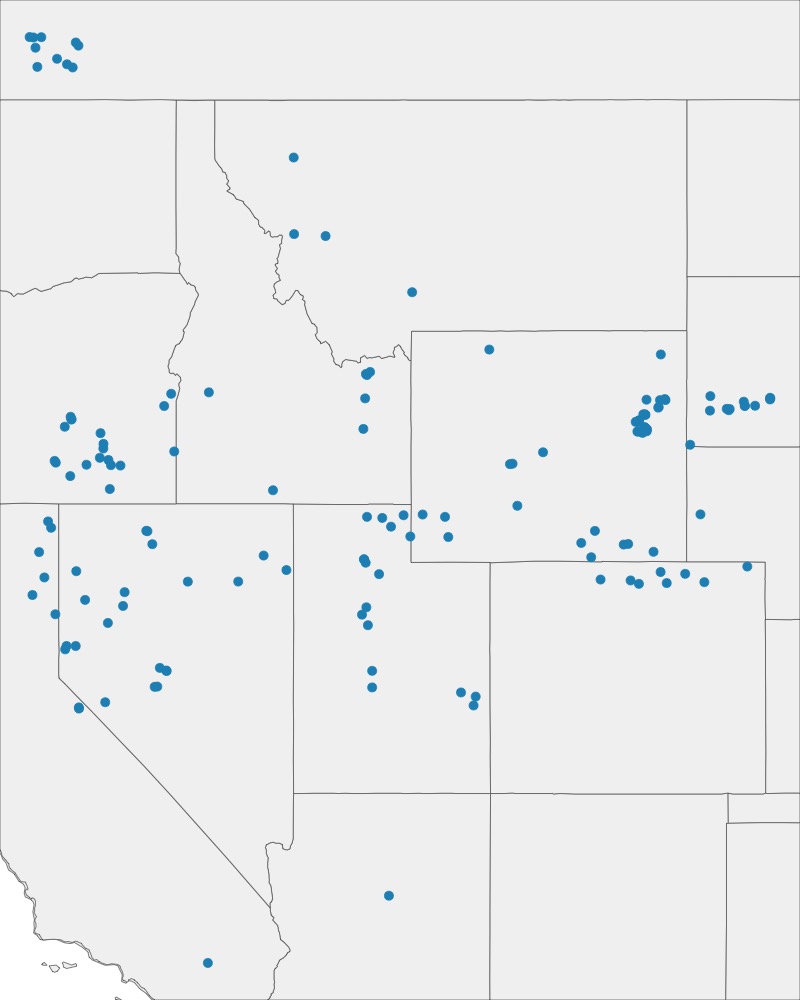Current major projects
Adaptation to changing environments in space and time
Arabidopsis thaliana
Arabidopsis is a model system for evolutionary genetics and ecology. We are studying local adaptation in Afroalpine populations of this species. We are also studying phenotypic and genetic change through time (over the last 200 years) using museum specimens.
Key papers Gamba et al. 2024. The genomics and physiology of abiotic stressors associated with global elevation gradients in Arabidopsis thaliana. New Phytologist 244:2062-2077. pdfLasky et al. 2024. Estimating scale-specific and localized spatial patterns in allele frequency. Genetics 227:iyae082. pdf
Yim et al. 2023. Climate biogeography of Arabidopsis thaliana: linking distribution models and individual variation. Journal of Biogeography Online early. pdf
Lawrence et al. 2023. Vegetative phase change causes age-dependent changes in phenotypic plasticity. New Phytologist 240:613-625.
DeLeo et al. 2020. Effects of two centuries of global environmental variation on phenology and physiology of Arabidopsis thaliana. Global Change Biology. pdf
Host-parasite coevolution
Cereal crop hosts and Striga parasitic plants
Striga hermonthica is a root parasitic plant and is a major constraint to cereal crop yields in Sub-Saharan Africa.
We are studying how hosts (especially sorghum landraces) have adapted in response to local parasite prevalence. At the same time, we are studying the evolution of host generalization vs. specialization by the parasitic Striga.
Bellis ES et al. 2022. Genomic signatures of host-specific selection in a parasitic plant. bioRxiv 2022.02.01.478712v1.
Bellis et al. 2021. The geography of parasite local adaptation to host communities. Ecography. pdf
Bellis et al. 2020. Genomics of sorghum local adaptation to a parasitic plant. PNAS. pdf
Lopez et al. 2019. Transcriptomics of host-specific interactions in natural populations of the parasitic plant purple witchweed (Striga hermonthica). Weed Science. pdf
Domestication, geographic spread, and local adaptation
Teak, sorghum, rice
We are studying the evolution of several domesticated or semi-domesticated species. We are especially interested in how gene flow, environment, and human preferences have shaped these species.
Key papersLasky et al. 2023. Genotype-environment associations to reveal the molecular basis of environmental adaptation. The Plant Cell 1:125-138. pdf
Gutaker et al. 2020. Genomic history and ecology of the geographic spread of rice. Nature Plants. pdf
Lasky et al. 2015. Genome-environment associations in sorghum landraces predict adaptive traits. Science Advances. pdf
Local adaptation & regional population forecasting in invasive species
Cheatgrass
Cheatgrass (Bromus tecotorum) has invaded much of North America and adapted to local conditions. We are pursuing an NSF Rules of Life-funded project with Peter Adler (Utah State), Mevin Hooten (UT-Austin), and a large network of collaborators (called "BromeCast")
BromeCast websiteKey papers
Lasky JR, Hooten MB, Adler PB. 2020.
What processes must we understand to forecast regional scale population dynamics? Proceedings of the Royal Society B. pdf

